For the Oslo Triennale 2022, Projective Cities offers new perspectives to reflect on the meaning of the term “Neighbourhood”. It aims to revisit the idea of the neighbourhood not through its administrative boundaries or urban form, but rather through a multi-scalar approach that we are terming here The Architecture of Collective Living. Such a reading draws out the inherent historical, political, social, economic, and cultural forces that we can find embedded in the architecture of collective living. Forces that have the capacity to challenge the fundamental diagram of modernity, that of domesticity.
Departing from this observation, researchers cover a diversity of social, political, economic, urban, and peri-urban contexts; synthesised and tested in three main categories of research: Urban, Rural, Infrastructural.
Within our collective project, individual agendas have led to investigations of URBAN centres and their contemporary conditions, their increasing diversification and heterogenisation, including the growth of their elderly populations. These challenges are tackled through the development of architectures of care and collective living protocols, includingemergent forms of cooperativisation and their proposal of “cluster apartment” forms of housing unit .
Other perspectives have led us to examine peri-urban and wider RURAL domains, recognizing the countryside as a producer of specific social, cultural and political conditions. Processes of state-led experimentations such as colonisation strategies have produced particular struggles and subjects of rurality.
Bridging across contexts and scales, the perspectives from within our INFRASTRUCTURAL category focus on the intersection between technologies, the body, and the city. By looking at water and heating systems, the problematics span from the domestic interior to the wider terrain, from the room (private) to the city (public).
Spanning across all three lenses, the Architecture of Collective Living examines the ways in which the URBAN, RURAL and INFRASTRUCTURAL can allow us to rethink the definition of the “Neighbourhood” through a series specific studies that uncover not only their spatial articulation but also their greater political and social dimensions.
The main challenge within the Architecture of Collective Living project is how architecture can respond to changing political, cultural, economic, and urban contexts and how to propose new, effective design ideas and models. This allows us to ask the questions: What is the agency of architecture? How do we develop a pedagogical model that allows for a more effective relation between academic institutions and practice? How can architectural and urban design practice intervene in contexts where vulnerable populations are living?
Projective Cities aims to construct a pedagogical model and methodological framework through which to understand the conception and formation of the city – the URBAN, RURAL, and INFRASTRUCTURAL- across their diverse and intersecting, political, social and cultural contexts. Its objective is to respond to contemporary political, social, economic crises and challenges by rethinking what the “political” means in terms of spatial design.
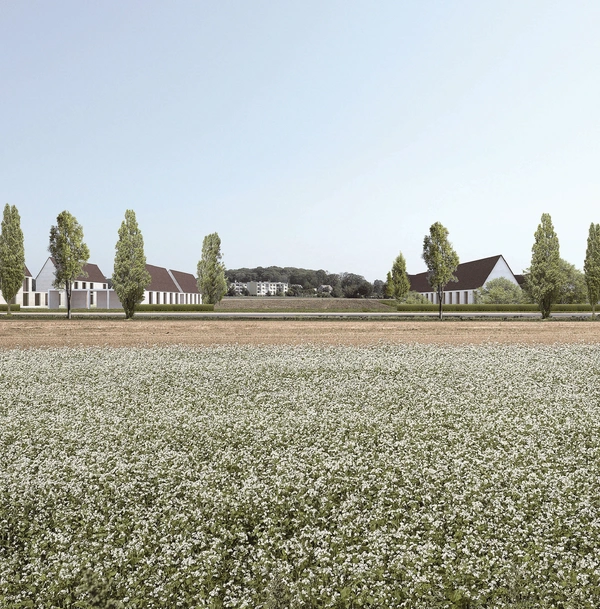
"Proximal Relations”, recognizes the polish countryside as an independent object of research, a product of states’ explicit social and spatial experiments. Projective Cities, Wojciech Mazan
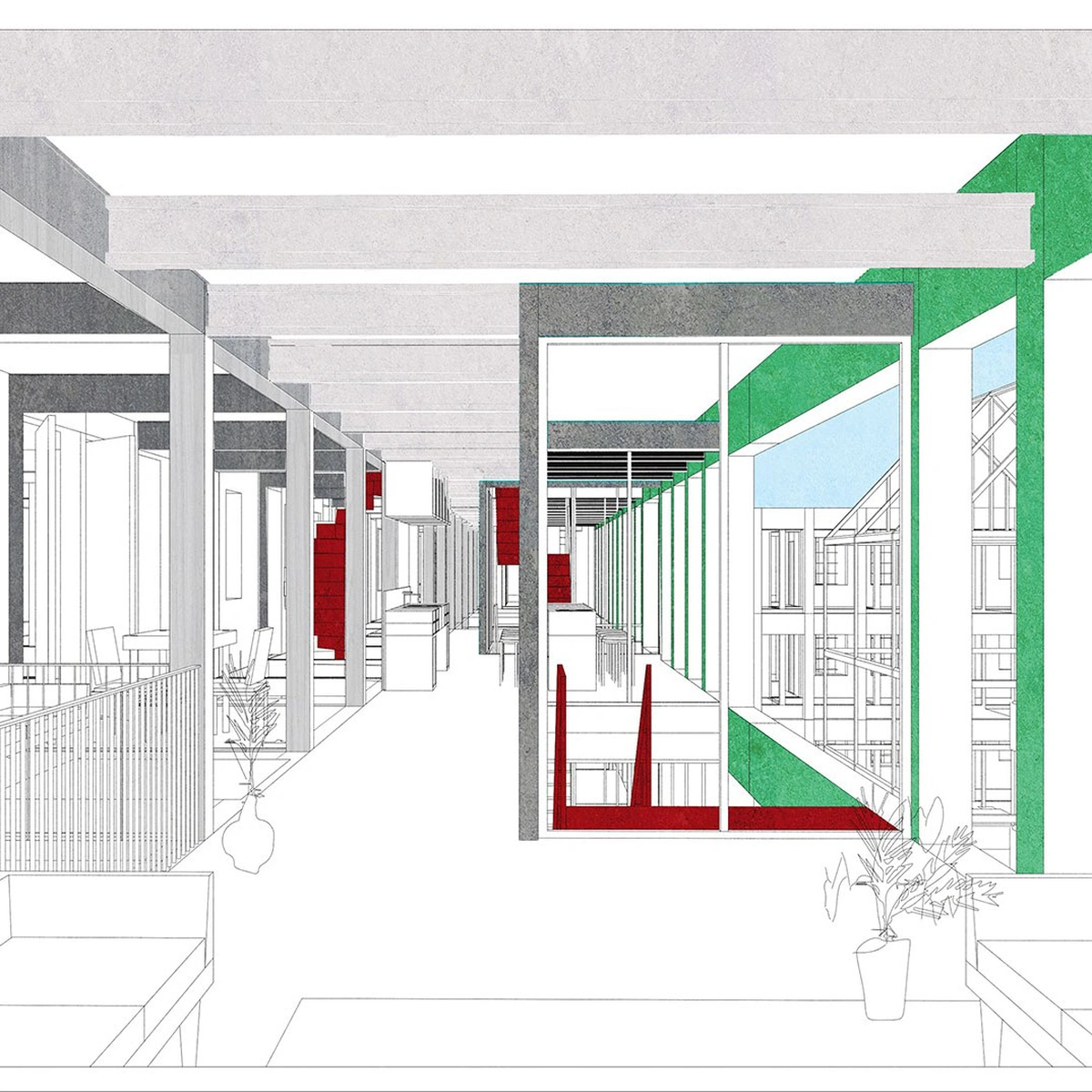
"Housing & Care Cooperatives” investigates the typological transformation of elderly accommodation into housing. Projective Cities, Gianna Bottema
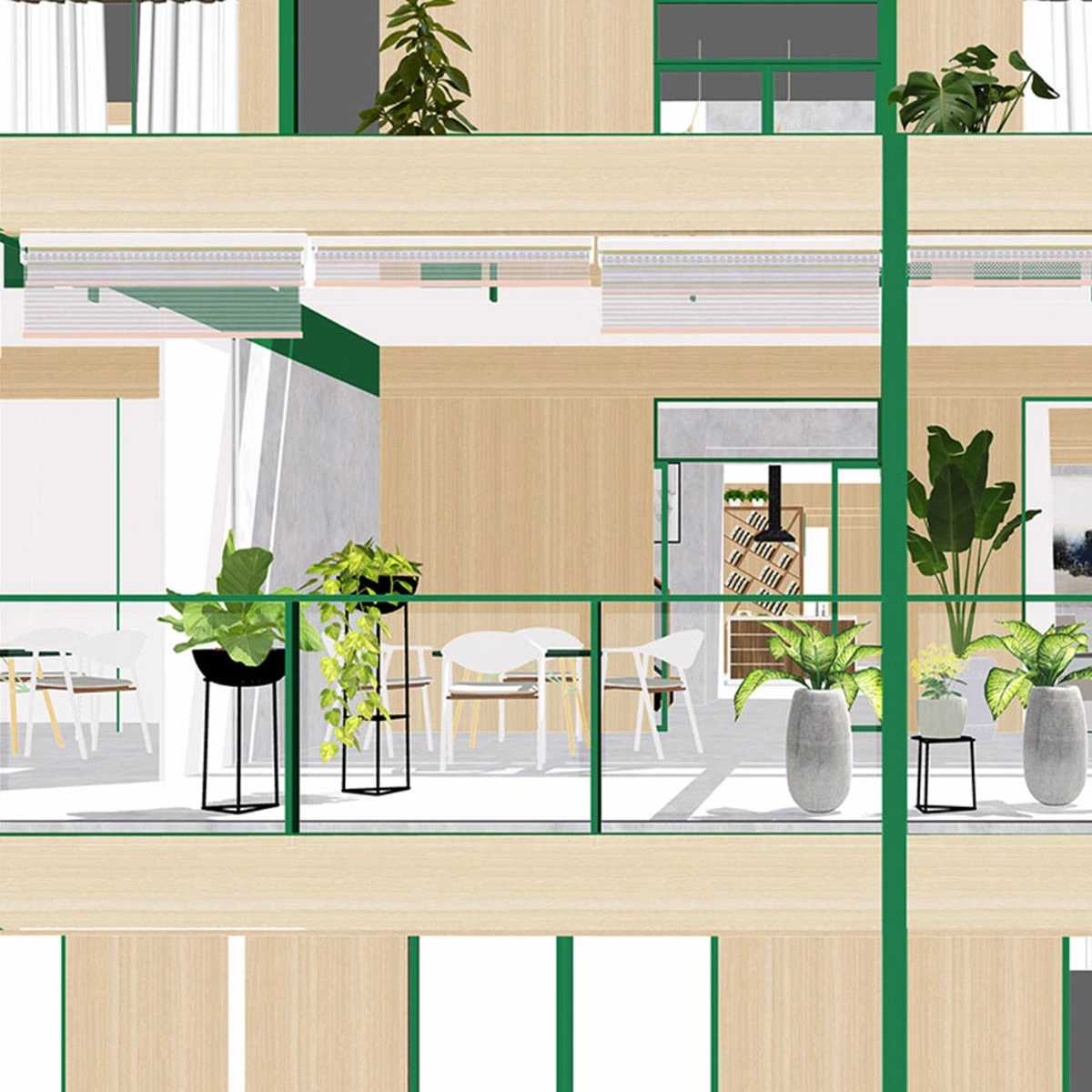
"Care Devolution and Inter-Household Cooperation”, investigates alternative forms of community care in London. Projective Cities, Clinton Thedyardi
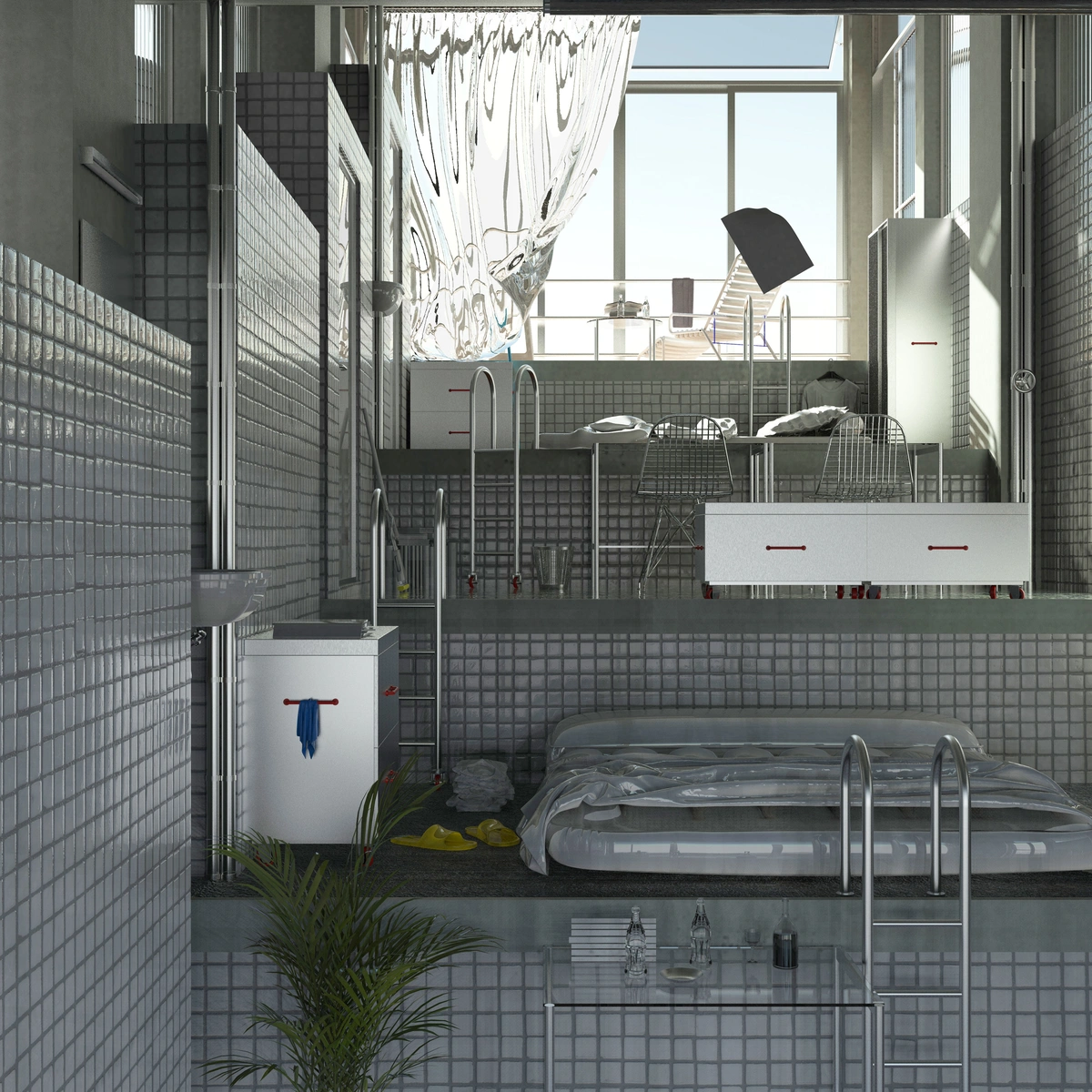
"Alternative Breathers” deconstructs shared notions of comfort in search of alternative living models today. Projective Cities, Luyao Luo
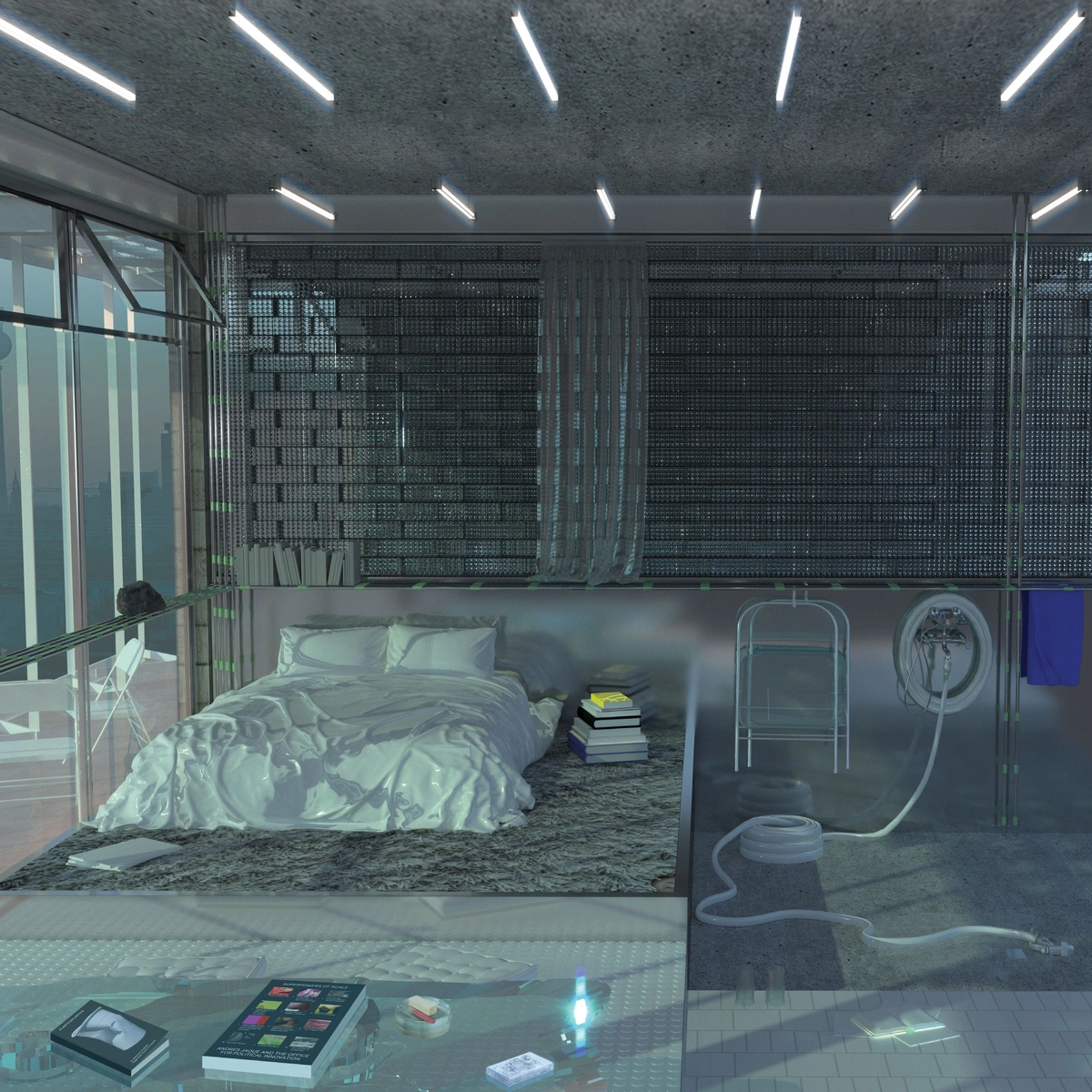
"Kristall”, investigates the emergence of the bathroom within domesticity to rethink the functional plan of the home. Projective Cities, Daryan Knoblauch
Projective Cities is an interdisciplinary research and design platform, based at the Architectural Association School of Architecture, that examines multi-scalar questions arising at the intersection of architecture, urban design, and planning. The programme is dedicated to a systematic analysis of, design experimentation for, theoretical speculation on, and critical writing about, the contemporary city. Student projects combine new design and traditional forms of research, while challenging existing disciplinary boundaries and contributing to emerging spatial design practice and knowledge. The programme recognises the need for a new practice-led research training, as architectural and urban design practice is increasingly research-led, demanding from graduates a new multidisciplinary knowledge.